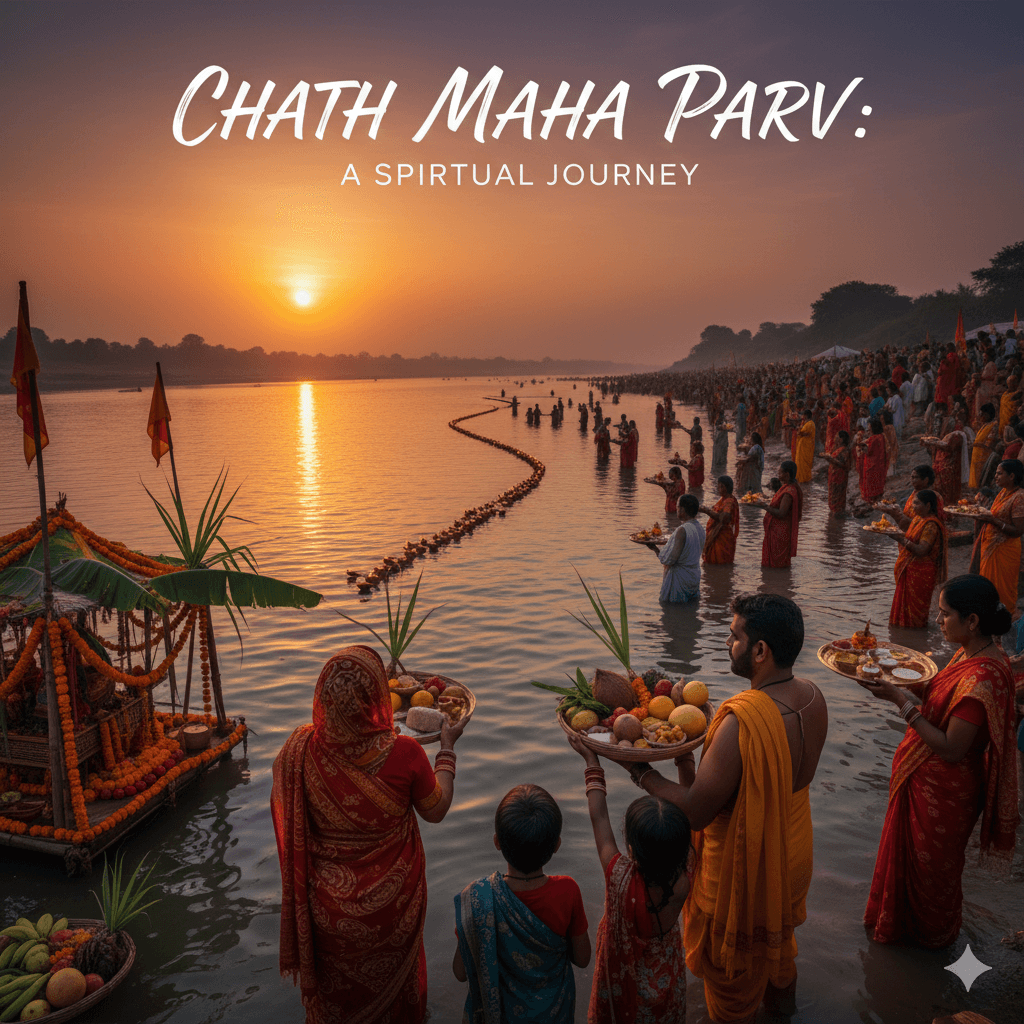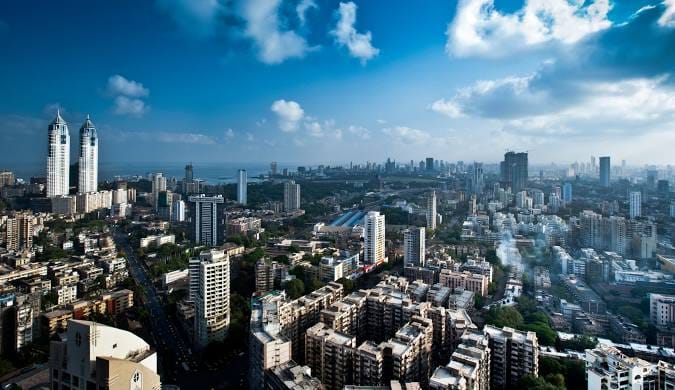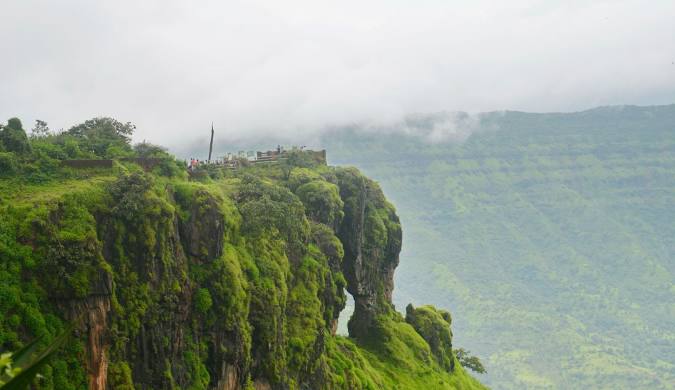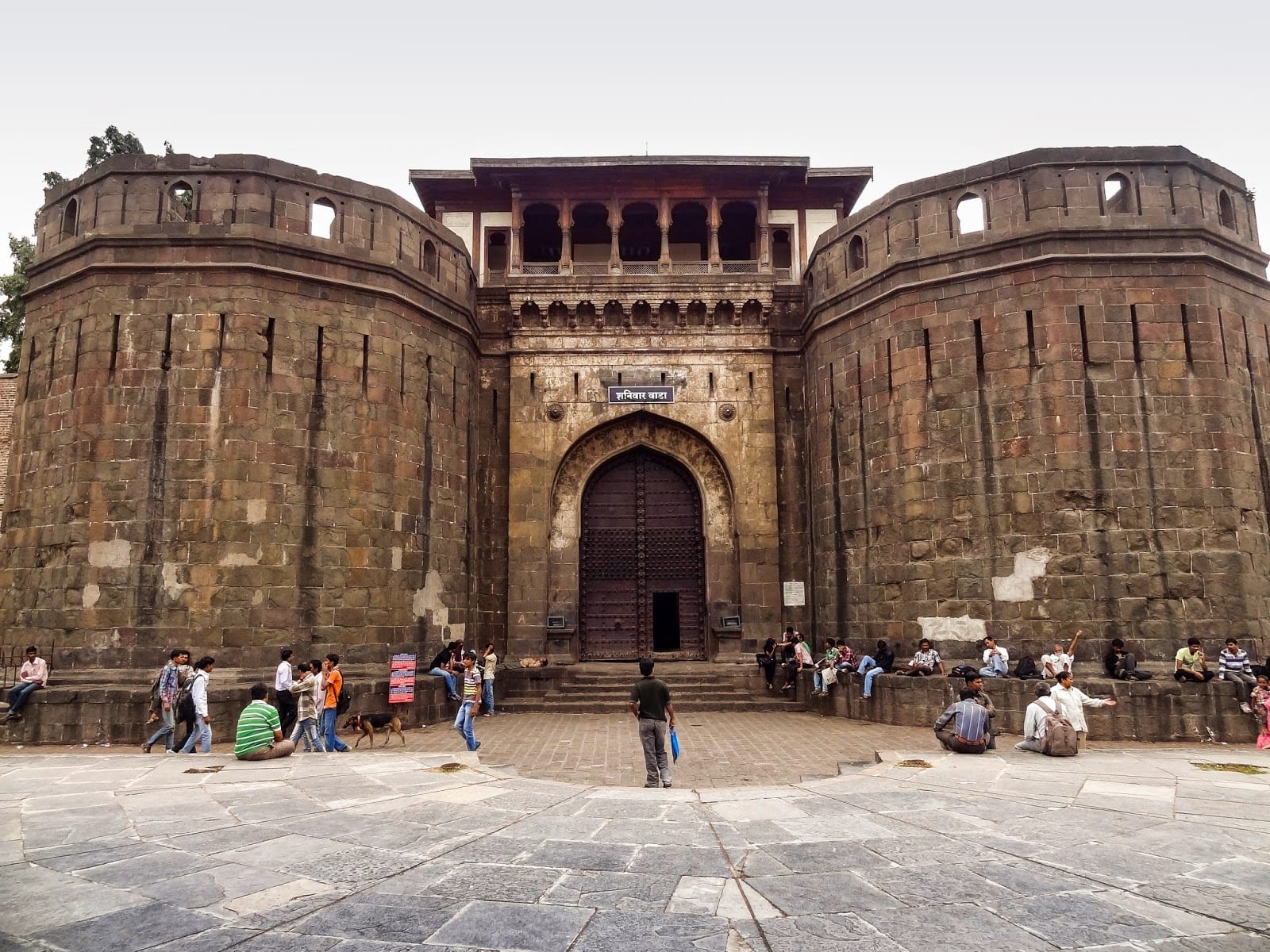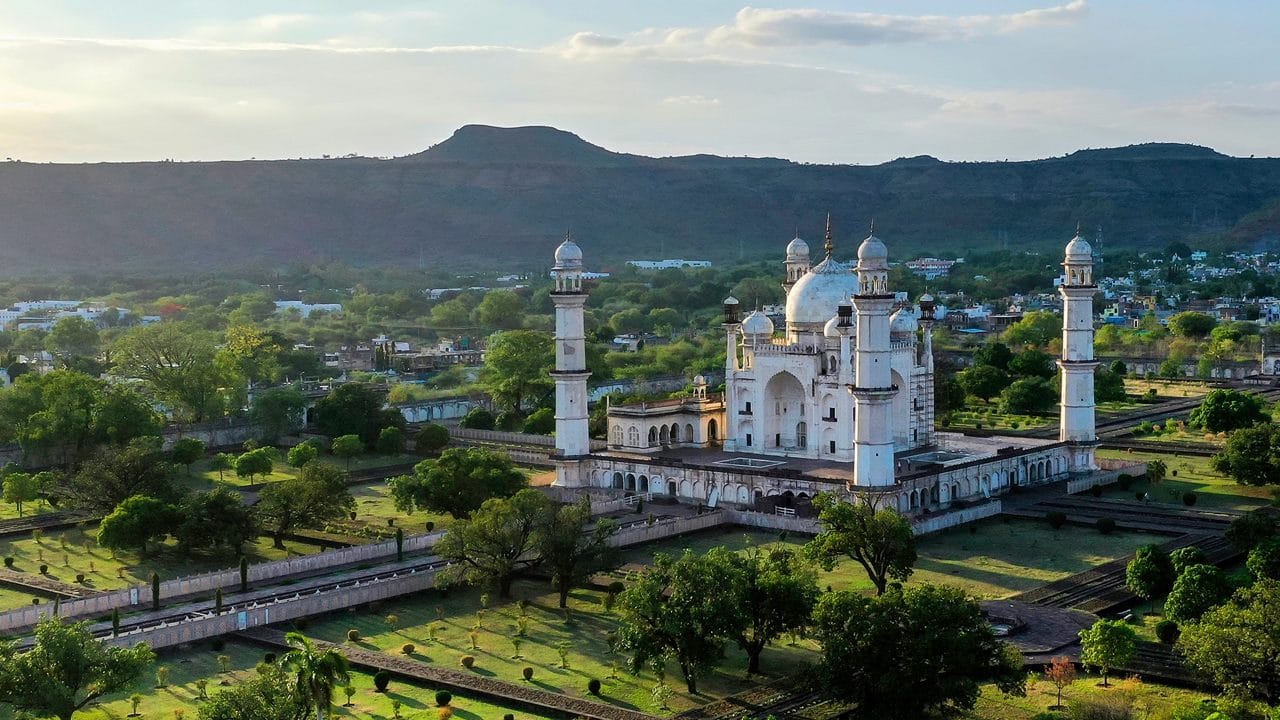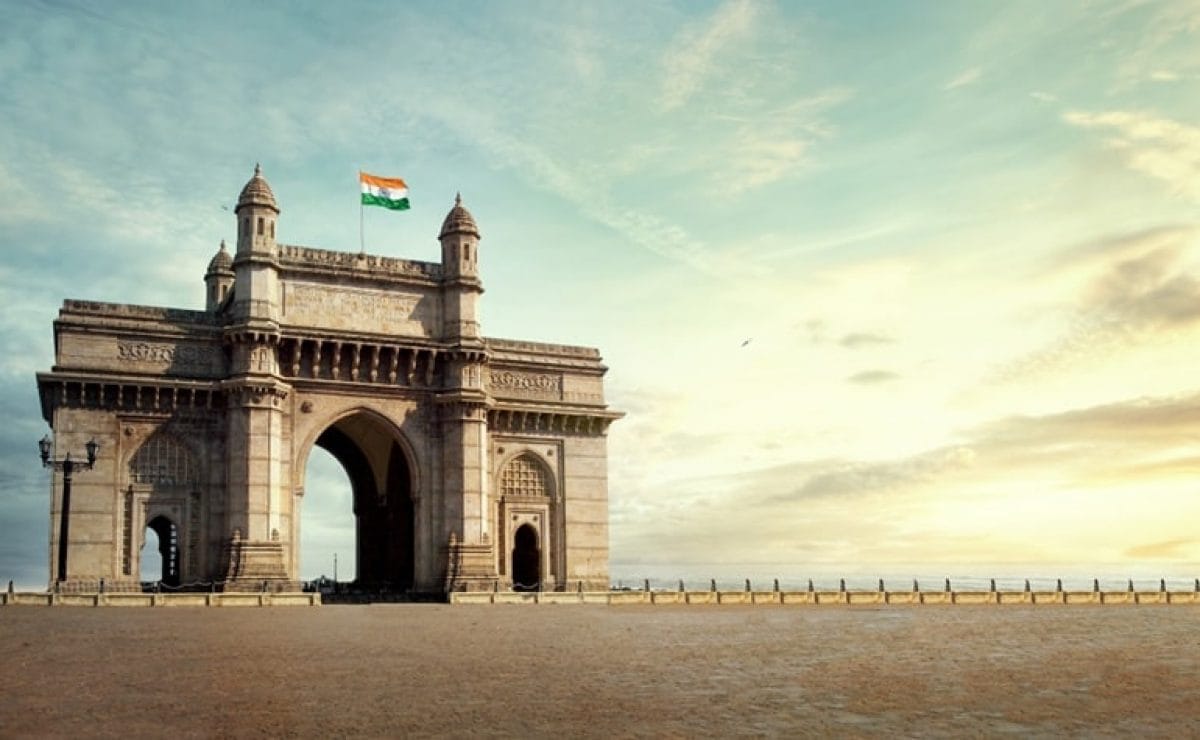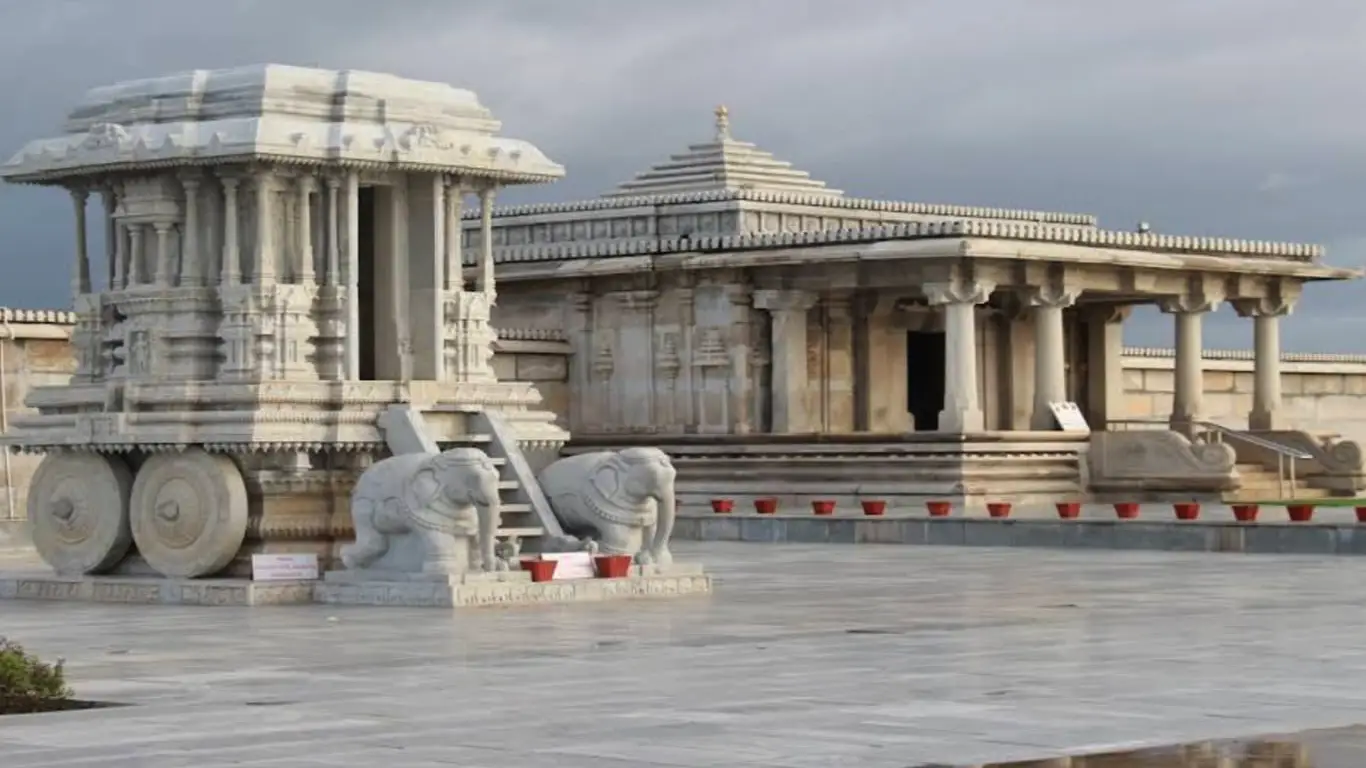
Imagine a grand stone temple, lost for decades beneath the waves, rising again to showcase its ancient glory. This isn’t a fantasy tale; this is the true story of the Venugopala Swamy Temple. Located on the serene banks of the Krishnaraja Sagara (KRS) Dam backwaters near Mysore, this temple presents a breathtaking sight and tells a powerful story of cultural preservation. We invite you to explore the history, architecture, and incredible journey of this resurrected architectural gem.
A Tale of Submersion and Rebirth: The Temple’s History
The Hoysala dynasty, renowned for its artistic prowess, originally built the Venugopala Swamy Temple in the 12th century. For centuries, the temple stood in the village of Kannambadi as a center of worship. However, in 1909, Sir M. Visvesvaraya finalized plans for the KRS Dam to provide water for the region. The grand project submerged over 100 villages, including Kannambadi and its ancient temple. For nearly 70 years, the temple remained underwater, only revealing its spire when the dam’s water level dropped in the summer.
The Great Relocation: A Modern Engineering Feat
The Khoday Foundation undertook a monumental task to save this cultural treasure. They launched an ambitious project to relocate the entire temple. Experts meticulously cataloged and numbered every single stone and slab of the original structure before carefully dismantling it. They then transported these thousands of stones to a new site in Hosa Kannambadi, a few kilometers from the original location. Artisans and engineers masterfully reassembled the temple, stone by stone, perfectly recreating its original form. They completed this incredible restoration in 2011, opening the temple to the public once again.

Explore the Hoysala Architectural Grandeur
The temple showcases the classic Hoysala architectural style. As you approach the complex, a large courtyard greets you. The main temple structure consists of a sanctum sanctorum (garbhagriha) and a spacious hall (mandapa).
The temple’s exterior walls captivate visitors with intricate carvings. You can spend hours admiring the detailed friezes that depict scenes from the Ramayana, the Mahabharata, and the life of Lord Krishna. The central shrine houses a beautiful idol of Lord Krishna playing the flute, known as Venugopala. The temple’s design creates a perfect symphony of divinity, art, and engineering that transports you back in time.
Plan Your Visit to This Architectural Wonder
A visit to the Venugopala Swamy Temple offers a peaceful and enriching experience. Here is the information you need to plan your trip.
- Location: Hosa Kannambadi, near the KRS Dam and Brindavan Gardens, approximately 30 km from Mysore city.
- Timings: The temple welcomes visitors every day from 9:00 AM to 6:00 PM.
- Best Time to Visit: Plan your visit between September and February. The post-monsoon season fills the backwaters, creating a stunning reflection of the temple, and the pleasant winter weather makes exploring comfortable.
- How to Reach: The easiest way to reach the temple is by hiring a taxi or driving from Mysore. The scenic drive takes about 45-60 minutes.
- Nearby Attractions: Combine your visit with a trip to the famous Brindavan Gardens and the impressive KRS Dam, both located just a short drive away.

The Venugopala Swamy Temple is more than just a place of worship. It stands as a powerful symbol of resilience and a testament to the dedication of those who refuse to let history disappear. Add this awe-inspiring destination to your Mysore itinerary and witness a piece of history reborn.




